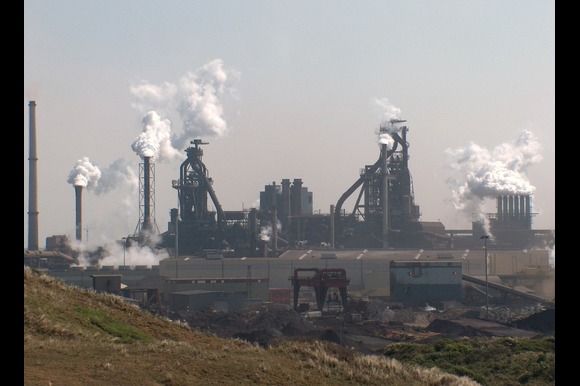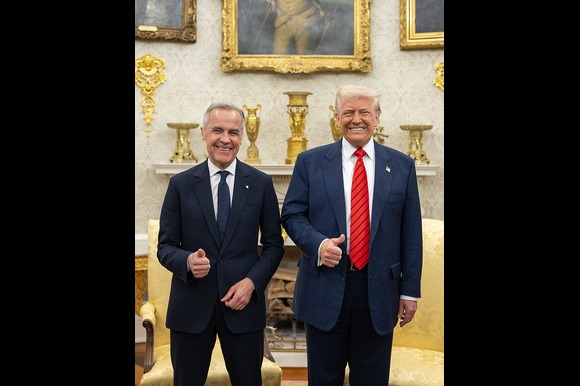
Photo by Pixabay
North Korea has successfully tested a new intermediate-range hypersonic missile and plans to expedite the development of nuclear and missile capabilities, according to official media reports.
The hypersonic missile was launched from the outskirts of Pyongyang on Monday. It flew about 1,500 kilometers (932 miles) at 12 times the speed of sound, reaching an altitude of nearly 100 kilometers (62 miles) before descending to a “second peak” of 42.5 kilometers (26.4 miles) and maneuvering to hit a target in waters off the country’s east coast, the Korean Central News Agency (KCNA) reported on Tuesday.
According to KCNA, new carbon fiber composite materials were employed in the missile’s engine section, which can “effectively penetrate any dense defence barrier and inflict a serious military blow on the opponent”. Carbon fibre is lighter and stronger than other aircraft materials like aluminum, but it is more complex to produce.
South Korea’s military stated the KCNA report was most likely overblown, estimating the missile’s range to be around 1,100 kilometers (683 miles) and claiming no second peak was detected. Achieving a “second peak” would signal that the North Korean missile could change course and retain altitude rather than directly descending on a ballistic trajectory.
Analysts said the recent missile launch was troubling because it used technology that few countries had access to.
“What’s so alarming about this missile is that this technology is currently possessed by only Russia, China, and the United States,” said Yang Moo-jin, head of the University of North Korean Studies in Seoul.
“What’s especially impressive about this technology is that… achieving such speeds requires materials that can withstand extreme conditions,” Yang told reporters.
According to South Korea’s Yonhap news agency, the country’s Joint Chiefs of Staff (JCS) acknowledged that North Korea appears to have made some “technological progress in its hypersonic weapons” program and did not rule out Russian aid in achieving that goal.
Last year, Russia and North Korea inked a mutual defense agreement, and US, Ukrainian, and South Korean intelligence allege that more than 10,000 North Korean soldiers and conventional weapons systems have been dispatched to help Moscow’s fight against Ukraine. Concerns have recently grown that Russia may deliver more advanced military technology to North Korea.
According to the JCS, a detailed investigation of the missile launch would be done with the United States, South Korea’s key military partner.
North Korea’s leader, Kim Jong Un, who oversaw the test launch via teleconference video with his young daughter, said the missile was part of the country’s defenses.
“This is clearly a plan and effort for self-defence, not an offensive plan and action,” Kim remarked, according to KCNA.
The development of new-type hypersonic missiles is primarily targeted at advancing the country’s nuclear war deterrent,” he stated.
The test launch on Monday was North Korea’s first since November, when it fired what it claimed was its most advanced and powerful solid-fuel intercontinental ballistic missile.
North Korea is developing new solid-fuel missiles as competition for the next generation of long-range projectiles that are tough to monitor and intercept heats up.



